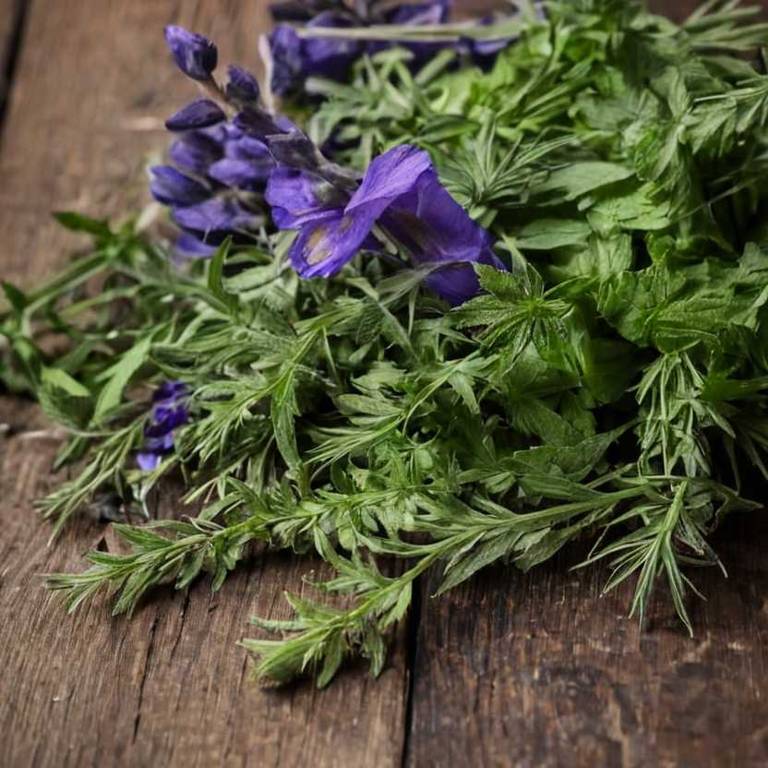Aconitum Napellus: What To Know Before Using It For Medicinal Purposes

Aconitum napellus, commonly known as monkshood or wolfsbane, is a toxic herbaceous plant belonging to the Ranunculaceae family, historically used in traditional medicine for its potent alkaloid content.
Despite its extreme toxicity, it has been traditionally employed in homeopathic medicine to treat conditions such as neuralgia, migraines, and certain cardiovascular issues, based on the principle of "like cures like." The primary active compounds, including aconitine, are responsible for its strong pharmacological effects, though they can be lethal in high doses. Due to its high risk of poisoning, Aconitum napellus is not recommended for use in conventional medicine and is strictly regulated.
However, in homeopathy, it is diluted extensively to reduce toxicity while retaining its therapeutic potential.
Health Benefits
Aconitum napellus has several health benefits, such as its potential to alleviate pain and reduce inflammation due to its alkaloid content.
It has been traditionally used in homeopathic medicine to treat conditions like arthritis and nerve pain. The plant's compounds may also support the immune system by enhancing the body's natural defenses. However, it is important to note that Aconitum napellus is highly toxic if not prepared and administered properly.
Therefore, it should only be used under the guidance of a qualified healthcare professional.
10 Best Health Beneift of Aconitum napellus
Bioactive Constituents
Aconitum napellus has several bioactive constituents, such as alkaloids, which are primarily responsible for its medicinal properties.
The most notable alkaloids include aconitine, hypaconitine, and pseudoaconitine, all of which exhibit potent biological activities. These compounds are known for their ability to block nerve conduction by affecting sodium channels, making them useful in treating certain pain conditions. However, due to their high toxicity, Aconitum napellus is used with extreme caution in traditional medicine.
Despite its risks, research continues to explore its potential therapeutic applications under controlled conditions.
Medicinal Preparations
Aconitum napellus has several medicinal preparations, such as tinctures, teas, and topical salves, which have been traditionally used in herbal medicine.
These preparations are often made by extracting the plant’s alkaloids through alcohol or water-based methods to create concentrated forms. However, due to its high toxicity, especially when improperly prepared or dosed, Aconitum napellus is used with extreme caution and is typically administered under professional supervision. In traditional Chinese medicine, it has been used to treat pain and inflammation, though its use is limited in modern pharmacology due to safety concerns.
Despite its potential therapeutic effects, the risk of poisoning makes it a highly restricted substance in most countries.
Side Effects
Aconitum napellus can have some side effects, such as gastrointestinal distress, including nausea, vomiting, and diarrhea.
It may also cause cardiovascular effects like irregular heartbeats or a drop in blood pressure. In more severe cases, it can lead to neurological symptoms such as dizziness, confusion, and even seizures. Prolonged or high-dose exposure may result in muscle weakness or paralysis.
Due to its potent toxicity, Aconitum napellus should only be used under strict medical supervision.